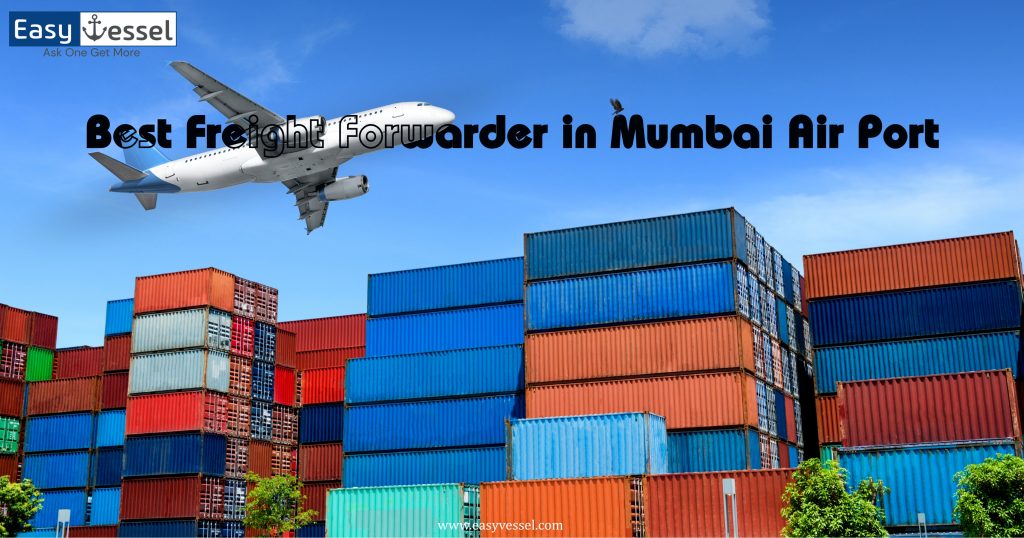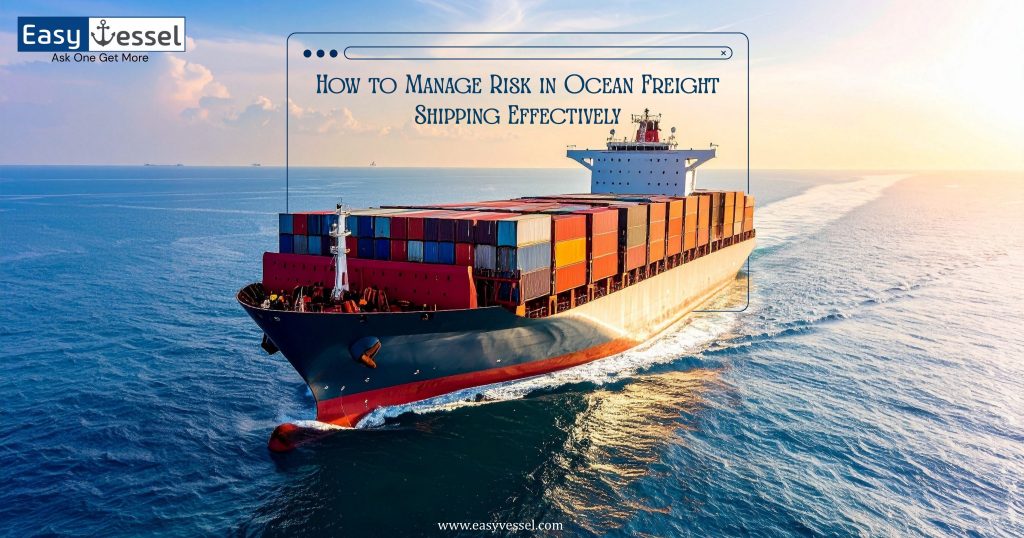- Starting a new import export business can be tough, especially for beginners.
- If you’re new to exporting, you might have lots of questions about what documents you need and the rules you have to follow.
- But finding all this information on the internet can be tricky.
- That’s why we, at Drip Capital, have created a step-by-step guide to help new exporters.
- We’ll guide you through the entire process, starting with selecting the right business model and moving on to identifying the optimal markets and customers.
- Finally, we’ll assist you in preparing all the necessary paperwork for your initial shipment.
- Just follow these steps, and you’ll be all set to start your journey in international trade. Good luck!
What is import export business?
- Import-export business is when you buy and sell goods between countries.
- You purchase products from one country and sell them to another, making a profit from the trade.
- It’s like being a middle person between two places, connecting buyers and sellers worldwide.
- The import-export business, also known as international trade, is a complex and multifaceted economic activity involving the exchange of goods and services between countries or regions.
Steps to Start Import Export Business:
Here are the 10 best steps to start import export business:
Get a PAN Card:
- You and your partners need a PAN Card for your business.
- Additionally, This is an essential identification for tax purposes.
- The process is quite similar to getting a personal PAN Card.
Choose Your Business Type:
- Decide on the structure of your business.
- Moreover, You can have a sole proprietorship, partnership, limited liability partnership (LLP), private limited company, or public limited company.
Open a Business Bank Account:
- Your business will need a current account for transactions.
- The documents needed to open this account depend on your business type.
IEC Code:
- To start an import-export business, you need an Import Export Code (IEC).
- To obtain this code, you need to apply to the Director General of Foreign Trade, along with the required supporting documents.
Select Your Export Product:
- Choose the product you want to export carefully.
- When choosing your product, consider factors such as market demand, regulations, and export trends.
- Make sure it’s a good fit for international markets.
Registration Cum Membership Certificate (RCMC):
- India has export promotion councils that help promote various products.
- By registering with them, you gain access to events and benefits.
- The RCMC is essential for this and takes about a week to obtain.
Select the Right Export Market:
- Find the right market for your product.
- Factors to consider when entering include demand, trade barriers, profitability, and the political environment in the target market.
Find Buyers:
- Once you’ve chosen your product and market, figure out how to find buyers.
- You can achieve this through websites, trade fairs, government bodies, and more.
Sort Out Your Finances:
- Estimate your financial needs and explore the types of financing that suit your business.
- Government subsidies may also be available to help.
Get Ready to Start:
- After completing these steps, your export business will be ready to start operations.
- You’ll need to work on shipping arrangements while exploring market opportunities and promoting your business overseas.
- By following this simple guide, you’ll prepare yourself well to embark on your journey in international trade.
- Keep an eye out for our next guide, where we’ll talk more about shipping and how things work. Best of luck!
Choose a Company Name:
Here are 6 key steps to choose a company name:
- Legal Considerations: Before selecting a name, check the legal requirements in your jurisdiction. Ensure the name is available and doesn’t violate trademarks or copyrights.
- Relevance and Clarity: Your company name should reflect the nature of your business. It’s helpful if it conveys something related to import-export to make it easier for potential clients and partners to understand your focus.
- Uniqueness: Aim for a unique and distinctive name that sets you apart from competitors. Avoid generic or overly common terms that might make it difficult for people to find your business online or in directories.
- Domain Availability: In today’s digital age, securing a domain name that matches your company name is crucial. Check domain availability and consider its relevance to your online presence.
- International Considerations: Also, If you plan to engage in international trade, ensure that your company name doesn’t have any negative connotations in other languages or cultures.
- Future Expansion: Think about the potential for your business to expand into different markets or sectors. A name that allows for flexibility can be beneficial in the long run.
Designing a Logo:
Here are 7 ideas for designing a logo:
- Professional Design: Consider hiring a professional graphic designer or design agency to create your logo. A well-designed logo can convey professionalism and trustworthiness.
- Simple and Memorable: Also, keep the logo design simple and easily recognizable. A complicated or cluttered logo can be challenging for people to remember.
- Relevance to Business: Ensure that the logo design relates to your import-export business in some way. It could incorporate symbols, icons, or colors associated with international trade.
- Scalability: Your logo should look good and be legible at different sizes, whether on business cards, websites, or large banners.
- Color and Typography: Choose colors and fonts that align with your brand identity and are visually appealing. Consider the cultural and psychological associations of colors in different markets.
- Feedback and Testing: Collect feedback from colleagues, potential customers, or focus groups to ensure your logo resonates with your target audience.
- Trademark Protection: Once you’ve finalized your logo, consider trademark registration to protect your brand identity from unauthorized use.
Conclusion:
Starting an import export business in India is a great way to enter international trade. Follow these tips to boost your chances of success. Don’t hesitate, to begin today, and explore your business journey with easyvessel.
By following the steps outlined in this blog post, you can increase your chances of success.
Easyvessel connects you with reliable service providers for shipping needs.
Sign up for access to trusted providers, simplifying the process and ensuring peace of mind, saving time and money.
References:
Frequently Asked Questions
In some cases, yes, you can import without a license for certain products, but it depends on the country and the type of goods. However, many products require specific permits or licenses for importation. Always check the rules and regulations of both the exporting and importing countries before importing anything.
Yes, an import export business can be profitable. However, profitability depends on various factors such as the products you trade, market demand, pricing, efficiency, and effective management. It’s important to research, plan, and establish a solid business foundation to maximize your chances of success and profitability in this industry. An import-export business can be highly profitable, but success depends on running it wisely and efficiently. It’s a continually growing and thriving global industry.
Exporting and importing can be straightforward or complex, depending on various factors. It involves dealing with international rules, regulations, and logistics, which can require effort and knowledge. However, with proper research, planning, and support, it can be manageable.



